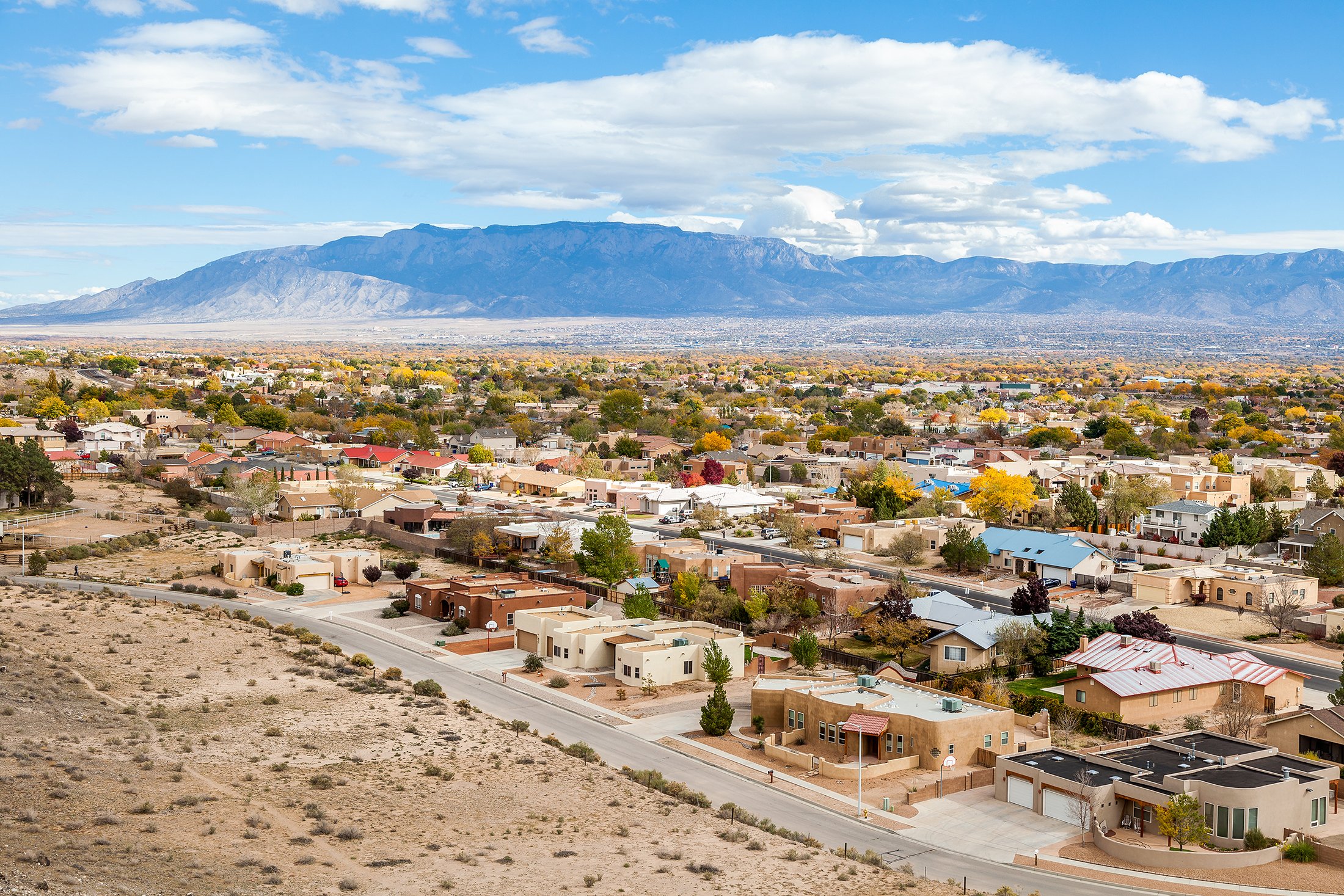The front door of Nora Nivia Nevarez’s adobe-like house in suburban Albuquerque opens to blocks and children’s books scattered around the brightly colored carpet, shaped like a puzzle piece. Children’s shouts can be heard in the backyard, as the children play on a slide during recess. Throughout the afternoon, she keeps a careful eye on her four small charges, ages four months to 10 years, by turns reading books, playing blocks, and helping them with puzzles. She periodically gets up to stir a pot of chicken noodle soup she’s preparing for the kids’ dinner, one of any number of meals and snacks she’ll make for the children she cares for every day. Nevarez works no set hours, but rather follows parents’ work schedules. That can mean days that start as early as 6 a.m. and last long into the evening. One little boy named Javier cries as his guardian, Guadalupe, picks him up. He’s tired, and ready to go home.
“I love caring for children, I just wish it were a little bit easier,” she sighs, speaking in Spanish. Nevarez, 50, has been taking care of children for decades. She began with her own three children, cared for her two grandchildren and now helps friends and neighbors as a registered family child care provider in Southwest Albuquerque, one of the many in the state. And truly, her work is a labor of love. She doesn’t turn anyone away. Javier is autistic and his guardian hasn’t been able to find anyone who will care for the child. Nevarez will.
Due to state regulations, Nevarez cares for no more than four children unrelated to her at any given point. She charges $2.00 per hour per child in her community, regardless of what families make, to help keep the cost affordable. That means, at best, she’ll earn $8.00 an hour to care for four children. But if she takes toddlers from low-income families receiving a state subsidy to help them pay for care, she may make as little as $1.58 per hour per child. That’s $6.32 per hour for four kids. Reimbursement rates for infants are slightly higher. But even with such paltry pay, she often doesn’t know from week to week how much she’ll earn, because the parents’ schedules are often erratic and sometimes the children need care for part of the week, and sometimes for all of it, and sometimes, to cover family overtime, even more.
But that Nevarez makes so little does not mean that families aren’t paying a lot. Parents are expected to pay the difference between the state’s full rate—based on child age, hours of care needed, and status of child care provider—and what the state chooses to subsidize based on parent income. And in Albuquerque, despite the long hours and low pay for Nevarez, her family child care home is actually a best-case scenario, if not for her, then for families. Like other registered providers, her family home meets basic health and safety standards. She knows CPR. She knows that infants should be put to sleep on their backs. And she’s gotten more training on developmentally appropriate activities and other measures of high quality care, so that she can become a licensed provider. That’s good for the families of her four charges. But many other families have far fewer options. And in a state where child poverty rates are the highest in the country and many working families struggle to make ends meet, many can’t find registered or licensed child care they can afford, so they move underground, into the “gray market” of often unreliable, unregulated family, friend and neighbor care.










